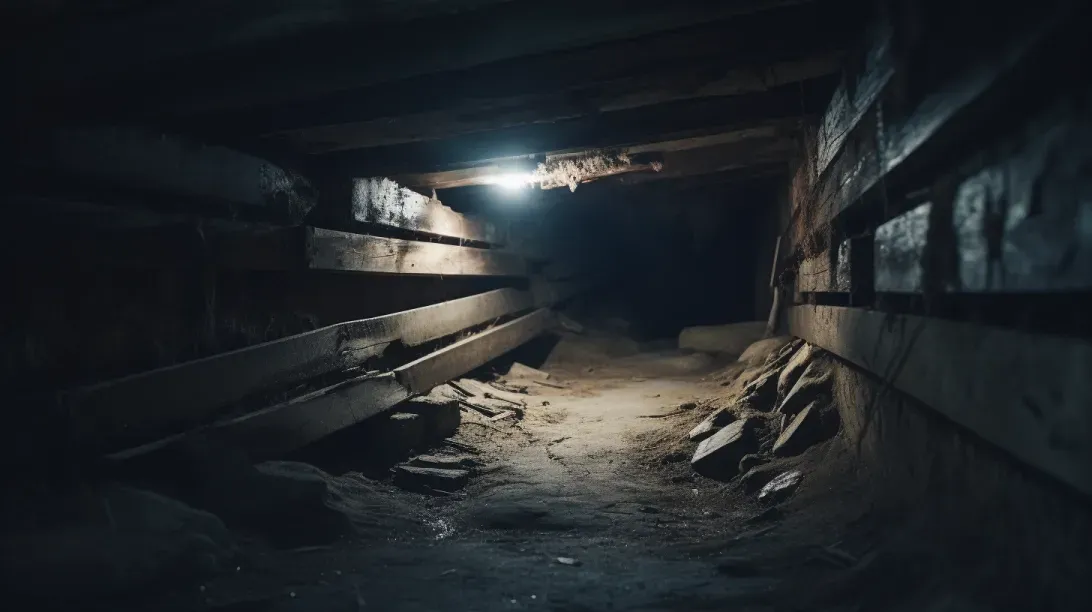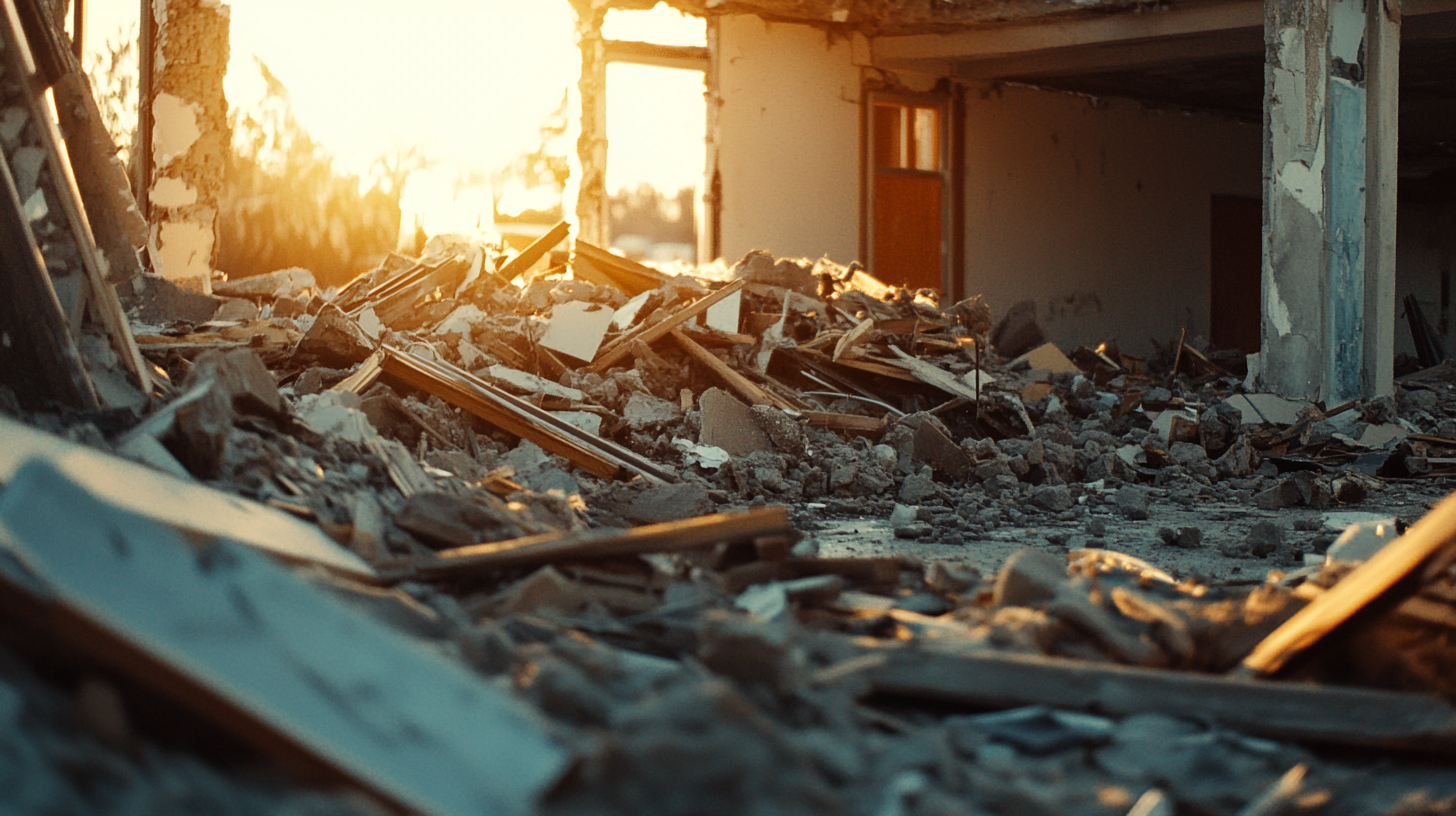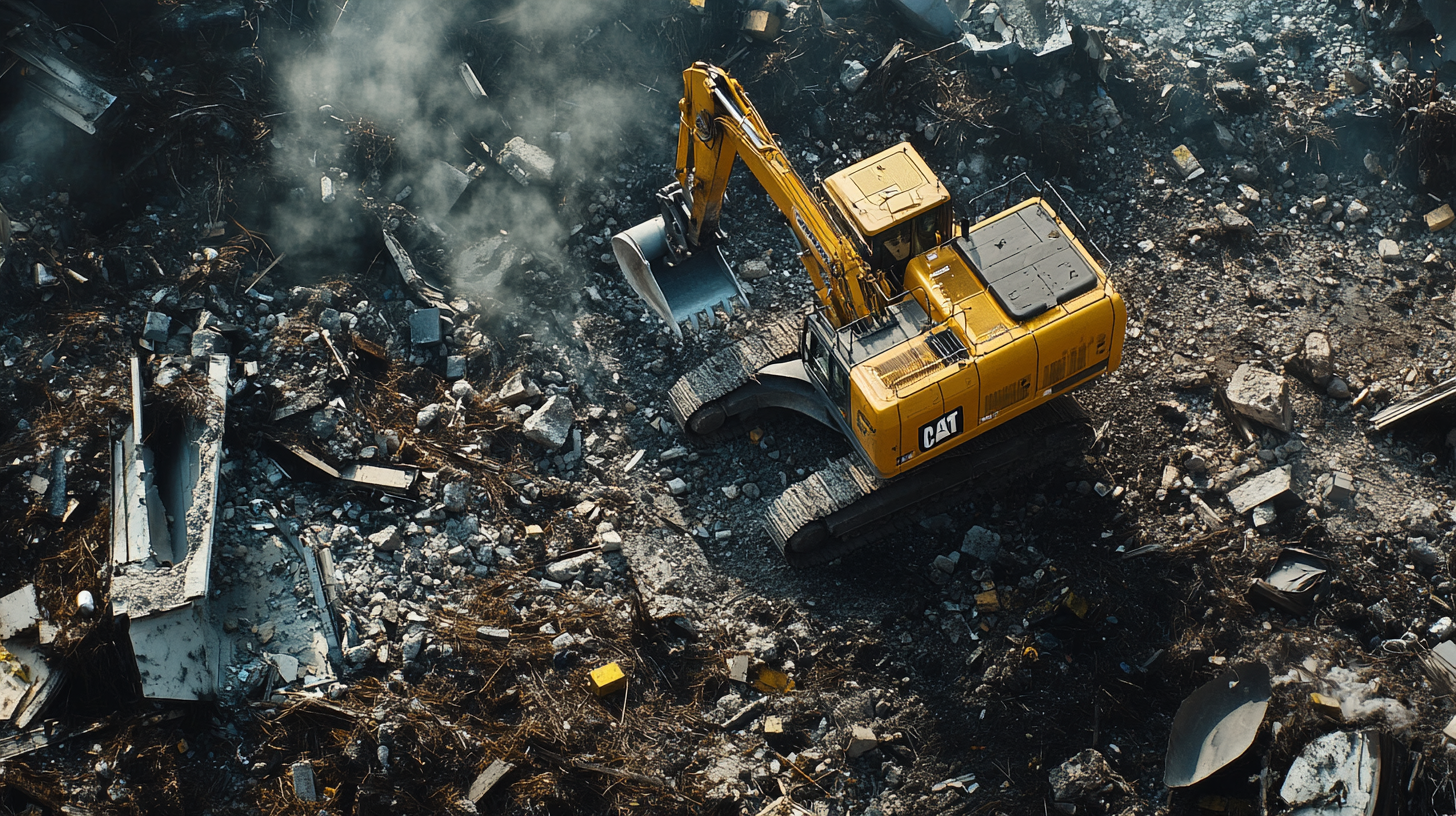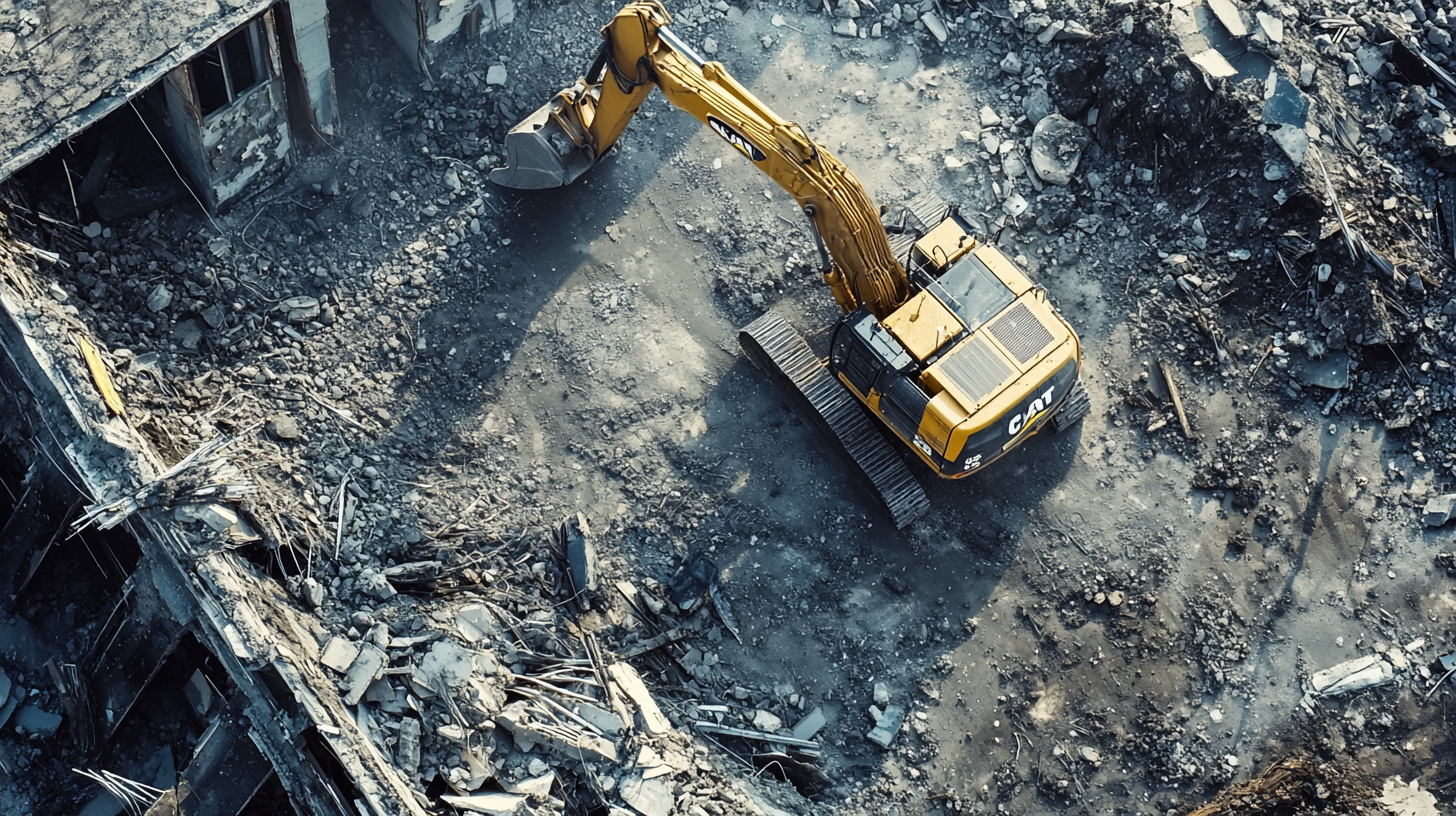
Mold removal is a critical task that demands not just skill and knowledge, but also the right set of tools and equipment. The effectiveness of mold remediation efforts is heavily dependent on using appropriate technologies and methods. This introduction delves into why selecting the correct tools and equipment is essential for successful mold removal and the common scenarios where these tools become indispensable.
Navigating Through Mold Removal Scenarios
Mold can manifest in various environments, each presenting unique challenges. From damp basements and crawl spaces to water-damaged walls and ceilings, the scenarios where mold removal is necessary are diverse. In each case, the approach to mold remediation may differ, but the need for proper tools remains constant. Whether it's a minor mold issue in a residential home or a large-scale infestation in a commercial building, the right equipment is key to effectively addressing the problem.
Focusing on Essential Mold Remediation Tools and Equipment
As we progress through this guide, our focus will be on the essential tools and equipment required for effective mold remediation. Understanding what tools are necessary, how they are used, and why they are important will equip homeowners, property managers, and remediation professionals with the knowledge to tackle mold problems effectively. From protective gear to advanced mold detection and removal technologies, we will explore the arsenal of tools that play a pivotal role in successful mold remediation efforts.
Understanding the Basics of Mold Removal
Mold removal is a critical process in maintaining a healthy living environment. Understanding the nature of mold and the importance of its proper removal is essential for homeowners, property managers, and remediation professionals. This section of the blog provides a foundational understanding of what mold is, why its removal is crucial, and the safety considerations that must be taken into account during the mold remediation process.
The Nature of Mold and Its Removal
Mold is a type of fungus that can grow indoors and outdoors, thriving in moist, warm environments. It reproduces by releasing spores that can spread through the air and settle on surfaces, leading to growth under suitable conditions.
Key Aspects of Mold and Its Removal:
- Mold Growth Conditions: Mold commonly grows in damp areas, such as bathrooms, kitchens, basements, and crawl spaces.
- Health Risks: Certain molds can produce allergens, irritants, and in some cases, toxic substances known as mycotoxins, which can pose health risks.
- Importance of Proper Removal: Effective mold removal involves not only cleaning visible mold but also addressing the underlying moisture problem to prevent recurrence.
- Professional Assessment: In cases of extensive mold, a professional assessment can determine the extent of the problem and the best approach for remediation.
Understanding these aspects is crucial for effective mold management and maintaining a healthy indoor environment.
Safety Considerations in Mold Removal
Safety is paramount when dealing with mold remediation. The process can expose individuals to mold spores and chemicals used in removal, making it essential to take appropriate safety measures.
Important Safety Measures in Mold Removal:
- Personal Protective Equipment (PPE): Use of PPE, such as gloves, goggles, and N-95 respirators, is essential to protect against mold spore inhalation and contact.
- Proper Ventilation: Ensuring good ventilation during mold removal to prevent the buildup of spores and chemicals in the air.
- Safe Use of Chemicals: Following manufacturer instructions and safety guidelines when using mold removal products to avoid harmful exposure.
- Awareness of Health Risks: Individuals with allergies, asthma, or compromised immune systems should take extra precautions or consider professional assistance for mold removal.
Adhering to these safety considerations is crucial in preventing health risks and ensuring the safe and effective removal of mold.
Personal Protective Equipment (PPE) for Mold Removal
When it comes to mold removal, personal safety should be a top priority. The use of appropriate Personal Protective Equipment (PPE) is essential to protect individuals from exposure to harmful mold spores and chemicals used during the remediation process. This section of the blog focuses on the essential PPE items required for mold removal and the importance of using them correctly.
Essential PPE Items
For effective protection during mold removal, certain PPE items are indispensable. Each piece of equipment serves a specific purpose in safeguarding the individual from various hazards associated with mold remediation.
List and Description of Necessary PPE:
- Respirators: N-95 respirators or half-face respirators with P100 filters are recommended to protect against inhalation of mold spores.
- Gloves: Durable gloves, preferably made of nitrile, rubber, or polyurethane, should be worn to prevent skin contact with mold and cleaning agents.
- Protective Clothing: Disposable coveralls or similar protective clothing can prevent mold spores from coming into contact with the skin and regular clothing.
- Goggles: Safety goggles without ventilation holes are essential to protect the eyes from mold spores and cleaning chemicals.
- Shoe Covers: Disposable shoe covers can prevent the spread of mold spores to other areas of the home.
Using these PPE items can significantly reduce the risk of exposure to mold and its associated health hazards.
Importance of Proper PPE Usage
Understanding how to use PPE correctly is as important as wearing it. Proper usage ensures maximum protection and minimizes the risk of mold exposure.
How and Why to Use PPE Correctly:
- Proper Fit and Comfort: Ensure that respirators and protective clothing fit correctly and are comfortable for the duration of the mold removal process.
- Correct Donning and Doffing: Follow guidelines for putting on and taking off PPE to avoid contaminating yourself or other areas.
- Regular Replacement: Replace disposable PPE like gloves and shoe covers as needed, and regularly check reusable items like respirators for wear and tear.
- PPE Hygiene: Avoid touching your face or other unprotected areas while wearing PPE and wash hands thoroughly after removing PPE.
Correct usage of PPE is crucial in mold remediation to protect individuals from mold exposure and to prevent the spread of mold spores to clean areas.
Mold Removal Tools and Their Uses
Effective mold removal requires not just knowledge and skill, but also the right tools. Whether tackling a small mold problem or dealing with a large-scale infestation, having the appropriate tools is crucial for successful remediation. This section of the blog provides an overview of the various tools used in mold removal, from basic hand tools for physical mold removal to advanced equipment for more extensive remediation efforts.
Hand Tools for Physical Removal
For smaller mold removal tasks, basic hand tools can be very effective. These tools are used to physically remove mold from surfaces and are essential for any DIY mold remediation toolkit.
Overview of Hand Tools:
- Scrapers: Used to remove mold from hard surfaces. They come in various sizes and shapes to accommodate different surfaces and angles.
- Brushes: Stiff-bristled brushes are effective for scrubbing mold off surfaces. They can be used dry or with cleaning solutions.
- Sponges and Cloths: For wiping down surfaces after mold has been scrubbed off. Microfiber cloths are particularly effective for capturing mold spores.
- Spray Bottles: Useful for applying mold-killing solutions or water to surfaces before and after scrubbing.
- Buckets: Essential for mixing cleaning solutions and for rinsing cloths and sponges during the cleaning process.
These hand tools, when used correctly, can effectively remove mold from various surfaces and help in restoring affected areas.
Advanced Tools for Large-Scale Remediation
In cases of extensive mold infestation, especially in commercial settings or large residential areas, more advanced tools are required. These tools are designed to handle larger areas and more deeply ingrained mold.
Description of Advanced Tools:
- HEPA Vacuums: High-Efficiency Particulate Air (HEPA) vacuums are designed to capture very small particles, including mold spores, ensuring they are not released back into the air.
- Air Scrubbers: These devices clean the air within a space, removing mold spores and other contaminants. They are especially useful in maintaining air quality during and after the remediation process.
- Foggers: Used to apply antimicrobial solutions in a fine mist, covering large areas and hard-to-reach spaces effectively.
- Moisture Meters: Essential for detecting hidden moisture, a key factor in mold growth. They help in identifying areas at risk of mold that may not be visibly apparent.
- Dehumidifiers: Used to reduce the humidity levels in a space, making the environment less conducive to mold growth.
Advanced tools like these are crucial in effectively managing large-scale mold remediation projects, ensuring thorough removal and preventing future growth.
Chemicals and Solutions for Mold Treatment
The choice of chemicals and solutions used in mold treatment is crucial in ensuring effective remediation while maintaining safety standards. This section of the blog explores the various chemicals commonly used in mold removal, including eco-friendly options, and provides guidance on their safe and effective application.
Common Mold Removal Chemicals
Mold removal involves a range of chemicals, each with specific properties and applications. Understanding these options can help in selecting the most appropriate solution for different mold scenarios.
Discussion on Various Mold Removal Chemicals:
- Bleach: Widely used for its effectiveness in killing mold on non-porous surfaces. However, it's less effective on porous materials and can be harsh.
- Vinegar: A natural, non-toxic alternative that can kill most species of mold. It is safe for use around children and pets.
- Hydrogen Peroxide: Effective on various surfaces, hydrogen peroxide is a safer alternative to bleach and can kill mold and mildew.
- Borax: A natural cleaner that is effective against mold and is less toxic than bleach.
- Commercial Mold Removers: These are specially formulated products that can be very effective but may contain stronger chemicals.
Including eco-friendly options in mold removal practices is becoming increasingly popular, offering effective results without the harshness of traditional chemicals.
Application Techniques and Safety
The application of mold removal chemicals requires careful consideration of safety and effectiveness. Proper techniques and precautions are essential to ensure safe use.
Tips on Safe and Effective Application:
- Proper Ventilation: Ensure the area is well-ventilated during and after the application of mold removal chemicals.
- Personal Protective Equipment (PPE): Wear appropriate PPE, including gloves, goggles, and masks, to avoid exposure to harmful chemicals.
- Follow Instructions: Adhere to the manufacturer’s instructions for application, dilution, and contact time for maximum effectiveness.
- Test on Small Area: Before applying a chemical to a large area, test it on a small, inconspicuous area to check for any adverse reactions.
- Disposal of Materials: Safely dispose of any materials like rags or brushes used in the mold removal process to prevent the spread of spores.
Understanding and implementing these application techniques and safety measures is crucial in the effective and safe use of mold removal chemicals.
Equipment for Moisture Control and Air Filtration
Effective moisture control and air filtration are crucial components in the battle against mold growth in homes and buildings. The right equipment can significantly reduce the risk of mold proliferation by maintaining optimal environmental conditions. This section of the blog focuses on the role of dehumidifiers in controlling moisture and the importance of air filtration systems, including HEPA filters, in mold remediation.
Dehumidifiers and Their Role
Dehumidifiers play a pivotal role in mold prevention by effectively controlling the level of moisture in the air, a key factor in mold growth.
How Dehumidifiers Help in Preventing Mold Growth:
- Moisture Reduction: Dehumidifiers extract excess moisture from the air, maintaining humidity levels that are not conducive to mold growth.
- Preventing Condensation: By reducing humidity, dehumidifiers help prevent condensation on walls and other surfaces, a common cause of mold.
- Versatility: Available in various sizes, dehumidifiers can be used in different settings, from small residential rooms to large commercial spaces.
- Enhancing Air Quality: By controlling humidity, dehumidifiers also contribute to overall better air quality, making indoor environments more comfortable and healthy.
Incorporating a dehumidifier into your mold prevention strategy is an effective way to tackle the root cause of mold growth - excess moisture.
Air Filtration Systems
Air filtration systems, particularly those equipped with High-Efficiency Particulate Air (HEPA) filters, are essential in removing mold spores and other contaminants from the air.
Overview of Air Filtration Systems in Mold Remediation:
- HEPA Filters: These filters are designed to capture 99.97% of particles that are 0.3 microns or larger, effectively removing mold spores from the air.
- Improved Air Quality: By trapping mold spores, HEPA filters prevent them from spreading, contributing to a healthier indoor environment.
- Use in Remediation: Air filtration systems are often used during mold remediation projects to clean the air and prevent the spread of spores to other areas.
- Long-Term Benefits: Even after mold remediation, continuous use of air filtration systems can help in maintaining good air quality and preventing future mold issues.
The use of air filtration systems, especially those with HEPA filters, is a vital component in comprehensive mold remediation efforts, ensuring that air quality is restored and maintained.
FAQs
-
What tools are essential for mold removal?
Essential tools for mold removal include protective gear (like gloves, masks, and goggles), HEPA vacuums, air scrubbers, dehumidifiers, brushes, and cleaning agents. These tools ensure safe and effective mold remediation.
-
Is a HEPA vacuum necessary?
Yes, a HEPA vacuum is necessary as it is specifically designed to capture very small particles, including mold spores, preventing them from spreading during the removal process.
-
Are air scrubbers effective for mold?
Air scrubbers are highly effective in mold remediation as they filter out mold spores and other contaminants from the air, improving indoor air quality and preventing the spread of mold.
-
Can mold be removed without chemicals?
Yes, mold can be removed without chemicals using natural solutions like vinegar or baking soda. However, for larger infestations, stronger chemicals or professional remediation may be necessary.
-
When to use professional mold removal equipment?
Professional mold removal equipment should be used in cases of extensive mold infestation, in large areas, or when dealing with toxic mold types, as these situations require specialized tools and expertise for safe and effective remediation.
Contact Bull City Crawlspace Today!
Bull City Crawlspace will do everything we can to ensure your experience with us is excellent.
Request A FREE Estimate
Request a Free Estimate Form
We will get back to you as soon as possible.
Please try again later.
Checkout Recent Post




Got a Question? We’re Here to Help.
You can arrange an appointment or make an enquiry by phone or email, orget in touch to us via our contact form.
Business Hours:
Monday - Friday 8:00 AM - 8:00 PM Saturday and Sunday: Closed
We're your local family owned, operated and licensed crawl space repair and waterproofing company.
919-724-4601
jon@bullcitycrawlspace.com
Services
NATIONWIDE LEADER
Claim you free crawl space consultation today by clicking the button below.
Contact Info
Business Hours:
Mon to Fri: 8:00am - 8:00pm
All Rights Reserved | Bull City Crawlspace

